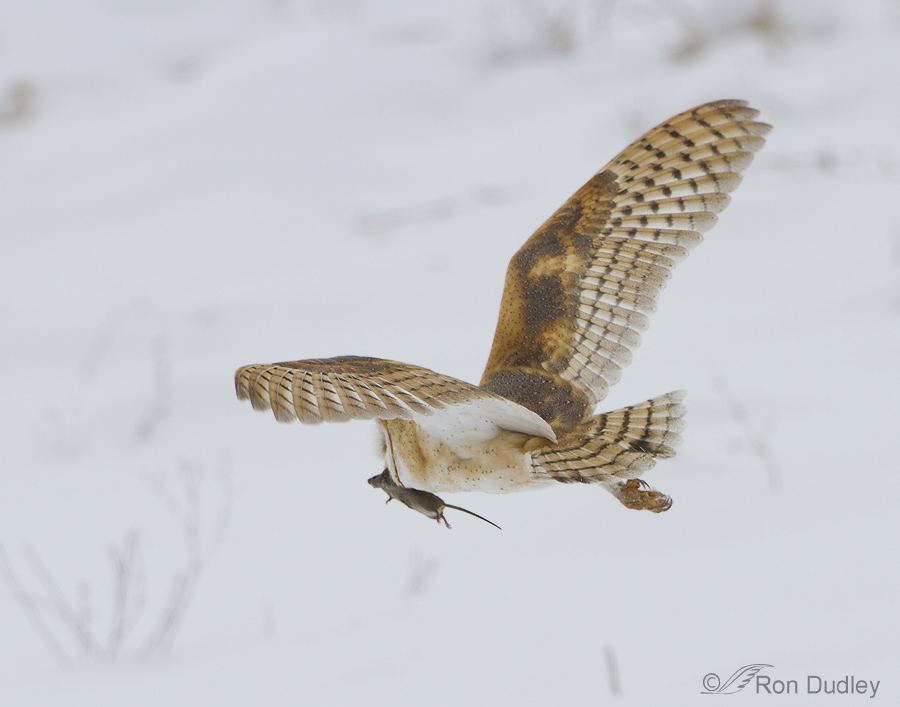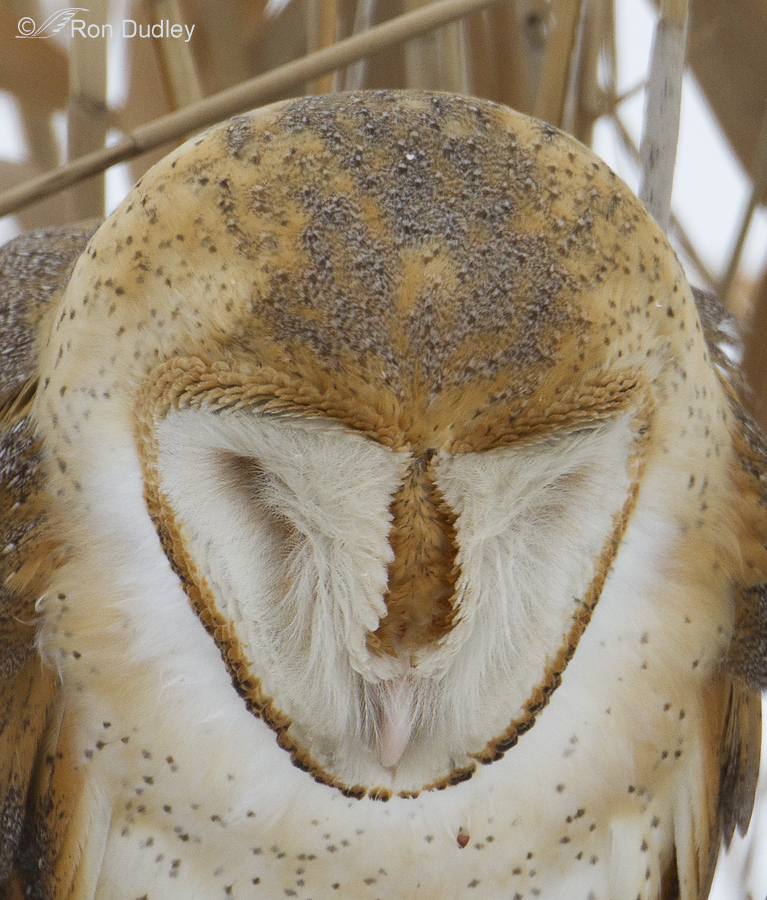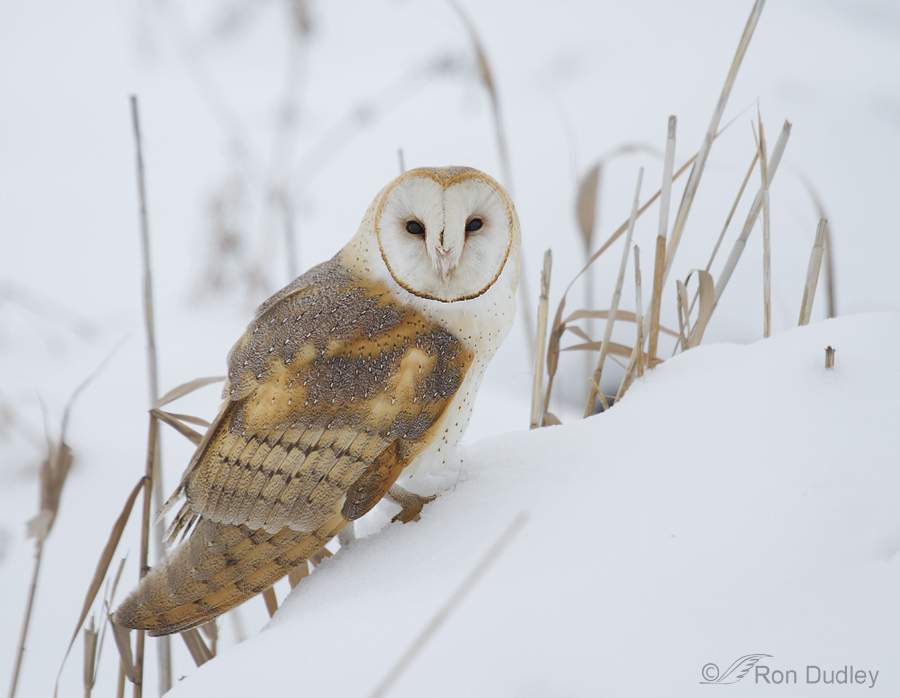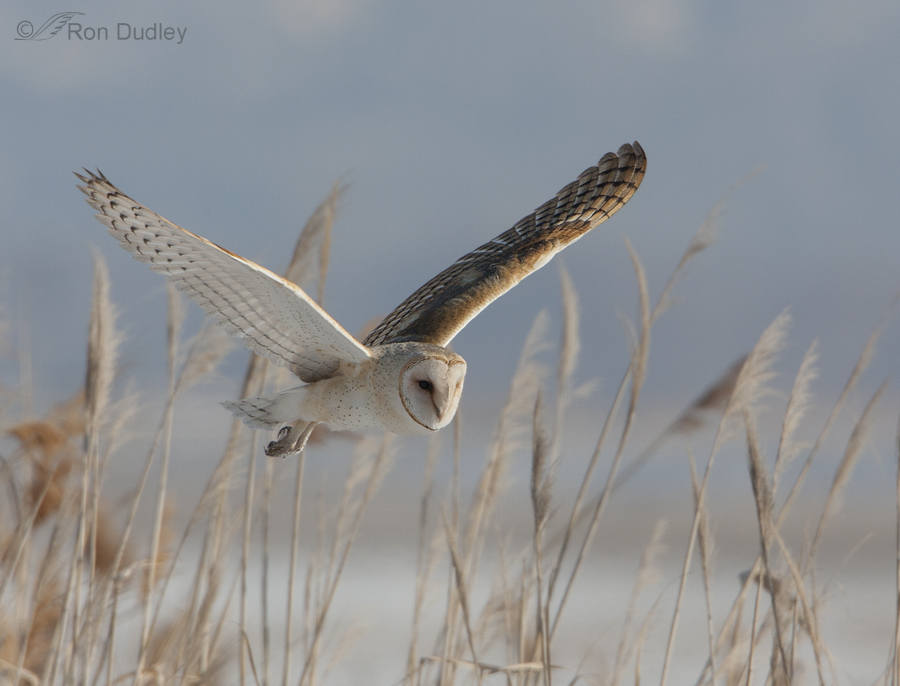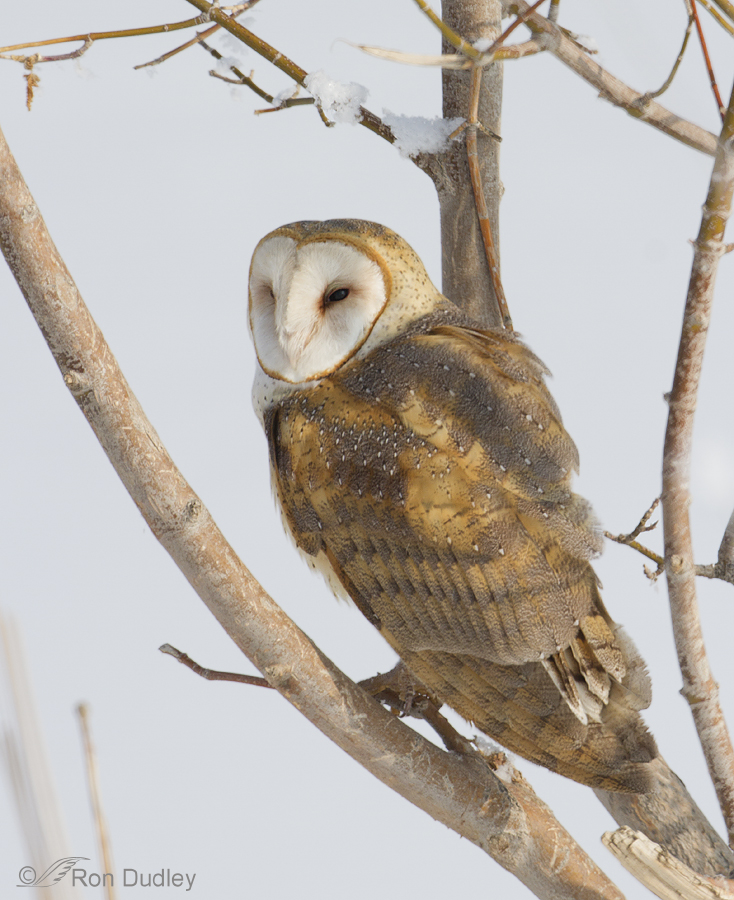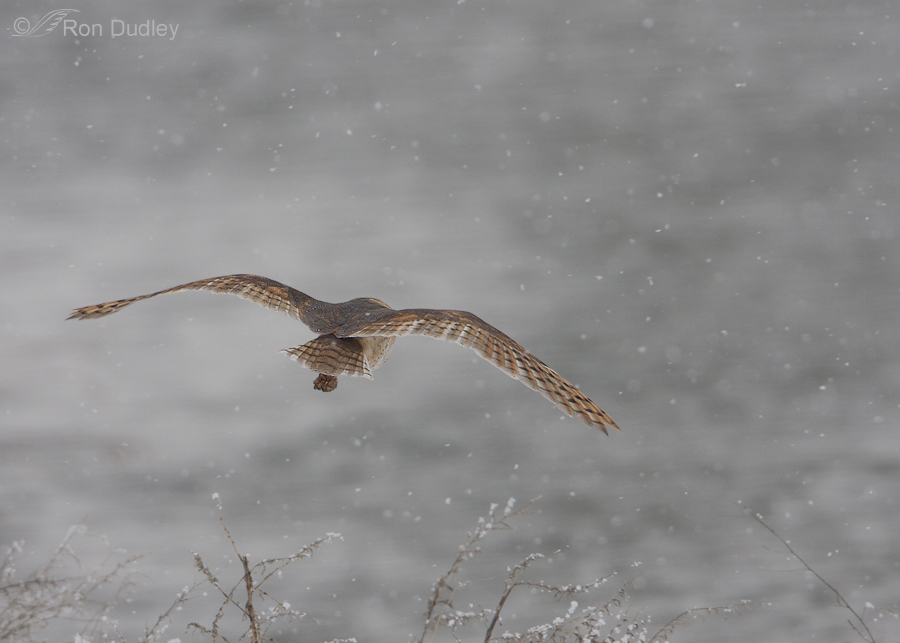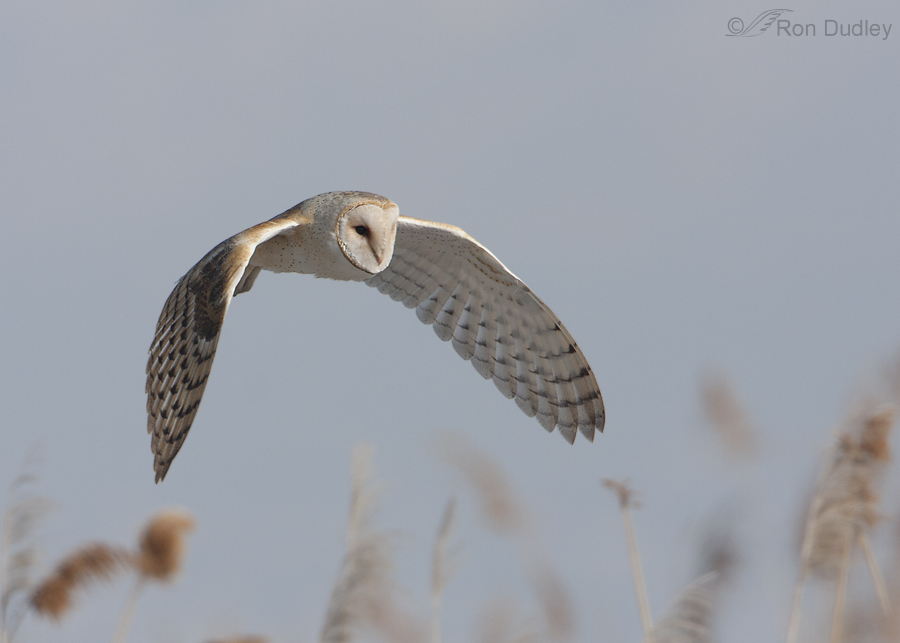Tag: barn owl
Barn Owl Facial Disc Manipulation And The Colors Beneath It
Barn Owl On A Snowy Slope
A Barn Owl Hunting And A Delightful Surprise When I Arrived Home
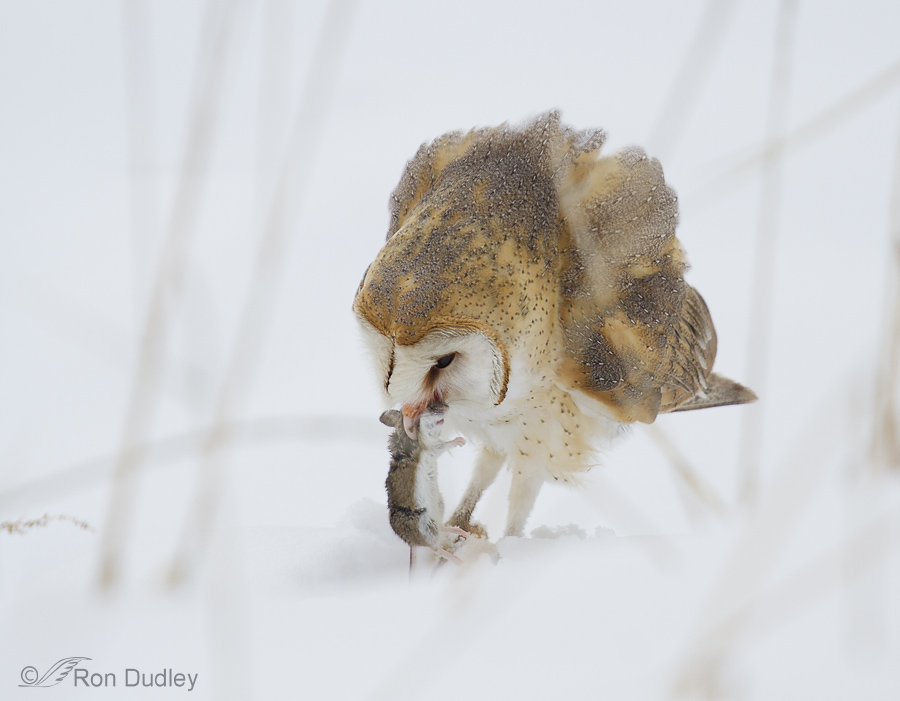
Yesterday was chock full of avian surprises!
It was overcast and gloomy the entire day, the kind of day we normally stay home, but in an effort to relieve cabin fever we finally broke down and left for Farmington at midday. While there we didn’t see many birds and almost left for home after one tour of the area but at the last minute decided to do another. That’s when this cooperative Barn Owl came into play.
Barn Owl Hunting With A Storm Approaching
Perched Barn Owls With A Snowy Background
My Love-Hate Relationship With Phragmites
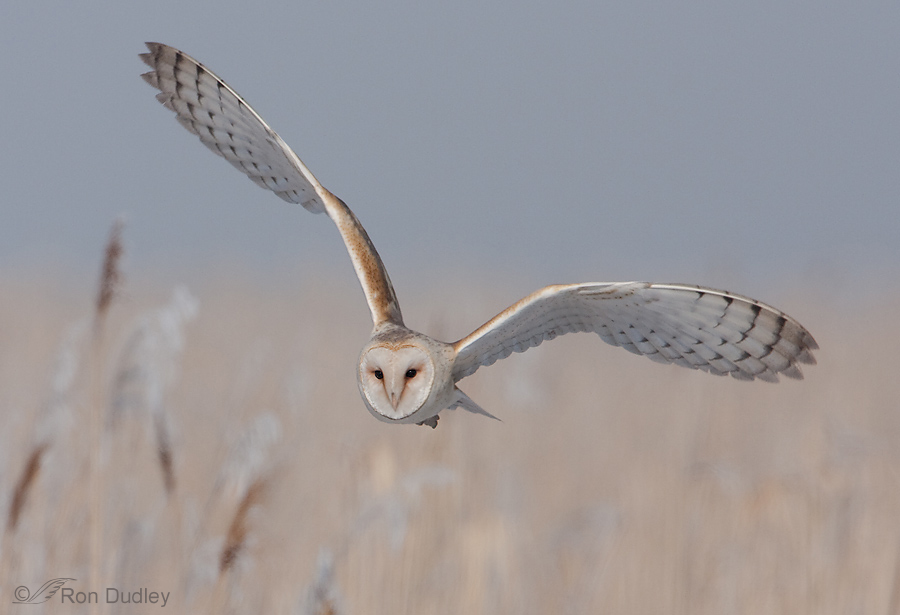
I have a complicated relationship with Phragmites. Though some strains are native to North America, much more vigorous invasive varieties from Eurasia haven taken over many of our wetlands and proven to be extremely difficult to control. Dense “reed stands” of Phragmites with their dramatic seed plumes waving in the breeze can be strikingly beautiful but they’re a huge problem in our wetlands.
Barn Owl Hunting In A Heavy Snow Storm
Some Hope For Barn Owls
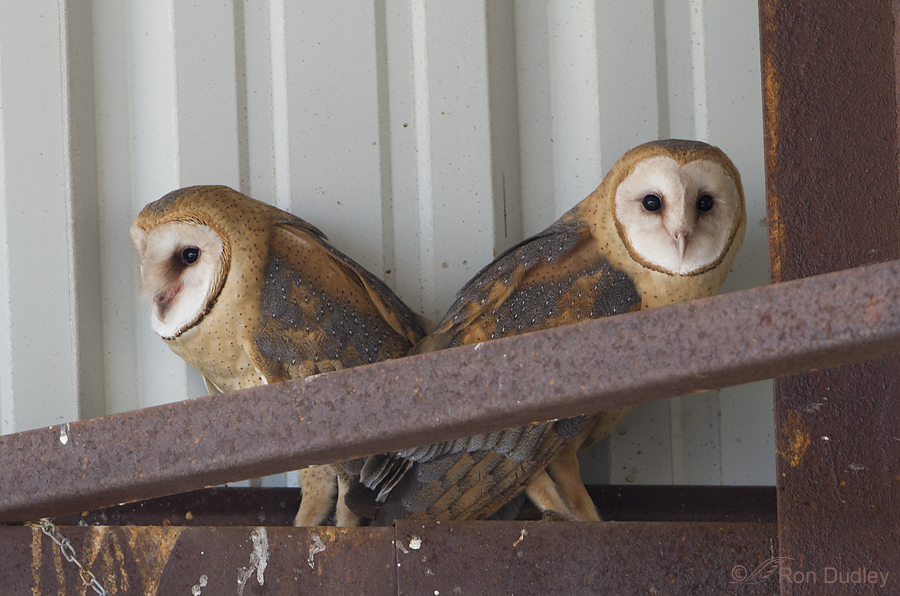
I’ve reported previously on this blog that Barn Owl populations took a huge hit this past winter in northern Utah. It was dreadfully cold for much of the winter with lots of snow. Normally that’s not a huge problem for these owls but with deep snow on the ground we had a warm spell that melted the surface of the snow and immediately after that we had an extended cold snap. Those conditions caused a hard crust of ice to form on the snow surface that lasted for weeks.
Barn Owl Update
A Glimmer Of Hope For Our Barn Owls
I heard some very good news on the Barn Owl front recently. Hawkwatch International reports that a pair of Barn Owls has taken up residence in one of the kestrel nest boxes that HI keeps an eye on and they have laid 5 eggs!
Barn Owl In Flight Showing Dorsal Plumage Patterns and Alulae
Barn Owls have rather intricate plumage patterns and interesting color gradations on their dorsal (back) surfaces but they are rarely seen in their entirety in a single image. That’s partly because to get such an image you need to get them in flight with their wings out and tail spread which is very difficult to do since they’re primarily nocturnal. And when you do manage a flight shot of one you’re usually looking up at them and can’t see much, if any, of the dorsal surface. I thought this image fit the bill. especially with the bird looking down so that we can also see the colors and patterns on the top of the head. Yes, I do wish I had more light in the eye… 1/1600. f/8, ISO 500 500 f/4, 1.4 tc, natural light, canvas added for composition, not baited, set up or called in Another thing I like about the image is the clear look at the alulae (plural of alula) or “bastard wings – the first digit or “thumb” on the leading edge of the wing. And this shot shows one more thing that intrigues me – the right alula (left in our view) is extended further forward and at a sharper angle than the one on the birds left, perhaps in compensation for the tipped angle of flight. My research indicates that there’s still debate among experts about whether or not birds have muscular control of the alulae or they only respond to the pressure of air currents. This owl has just spotted potential prey below and is flying very slowly as…
Barn Owl In Flight Among The Phragmites
It’s funny sometimes, what inspires my next blog post. In this case it was an unexpected and very kind and thoughtful email from one of my readers who is a huge fan of Barn Owls in natural settings. Thank you for the inspiration, Donna!
Barn Owls On Unnatural Perches
It’s been a while since I’ve seen any Barn Owls out and about and I’m thinking they won’t be flying again during daytime until at least next winter so I decided to bid them adieu for the present with one last post for the season. I generally prefer my avian subjects on natural perches but Ingrid Tayler’s affection for birds on man-made perches in the urban landscape is beginning to instill in me a little more flexibility. Perhaps it isn’t too late for some new tricks from this old dog… 1/2000, f/7.1, ISO 500, 500 f/4, natural light, not baited set up or called in At Farmington Bay WMA there are numerous signs posted directing hunters to where they can hunt and where they cannot and those signs are favorite resting spots for hunting raptors. When I come across an owl on one of these signs I’ll typically drive on by unless there’s a possibility for take-off shots but I made an exception for this one despite the less than ideal light. 1/2000, f/7.1, ISO 500, 500 f/4, 1.4 tc, natural light, not baited set up or called in Another favorite perch is this kestrel nesting box at the top of a hill. From this elevated vantage point the birds can hunt visually over a large area without expending the energy required for flight – a significant advantage in the depths of a long, cold winter when calories are at a premium. This owl looks like it might be wary of me and about to fly, but it isn’t. It was calmly…
A Tale OF A Barn Owl Tail
I learned something this morning. It will likely seem inconsequential to others but it was sort of a big deal for me. 1/3200, f/6.3, ISO 500, 500 f/4, natural light, not baited, set up or called in A few minutes ago, while processing this recent Barn Owl image, I was once again struck by how short and stubby the square tail of this species is, especially when compared to the length of the wings. And then some faint memory from long ago popped into my head. Bingo! Now it all made sense. 1/320, f/7.1, ISO 500, 500 f/4, 1.4 tc, natural light, not baited, set up or called in By coincidence, exactly 5 years ago today I posted this image to an online nature photography critique forum (Nature Photographers Network or NPN). At the time I was just becoming serious about my bird photography and I took the critiques I got on that forum to heart – trying to learn from my mistakes and improve my skills. In the version of the photo I submitted to NPN I didn’t recognize the “structure” marked with the red arrow as being part of the bird so I had cropped the image in such a manner that I “clipped” the tip of that structure. The critiques I got from the members of the forum “dinged” me for it, and rightfully so. They all said that I had clipped the tail and in my inexperience I assumed they were right and went on with my life. But I felt pretty silly…
Barn Owl Facial Disc Manipulation And The Colors Beneath It
Barn Owl On A Snowy Slope
A Barn Owl Hunting And A Delightful Surprise When I Arrived Home

Yesterday was chock full of avian surprises!
It was overcast and gloomy the entire day, the kind of day we normally stay home, but in an effort to relieve cabin fever we finally broke down and left for Farmington at midday. While there we didn’t see many birds and almost left for home after one tour of the area but at the last minute decided to do another. That’s when this cooperative Barn Owl came into play.
Barn Owl Hunting With A Storm Approaching
Perched Barn Owls With A Snowy Background
My Love-Hate Relationship With Phragmites

I have a complicated relationship with Phragmites. Though some strains are native to North America, much more vigorous invasive varieties from Eurasia haven taken over many of our wetlands and proven to be extremely difficult to control. Dense “reed stands” of Phragmites with their dramatic seed plumes waving in the breeze can be strikingly beautiful but they’re a huge problem in our wetlands.
Barn Owl Hunting In A Heavy Snow Storm
Some Hope For Barn Owls

I’ve reported previously on this blog that Barn Owl populations took a huge hit this past winter in northern Utah. It was dreadfully cold for much of the winter with lots of snow. Normally that’s not a huge problem for these owls but with deep snow on the ground we had a warm spell that melted the surface of the snow and immediately after that we had an extended cold snap. Those conditions caused a hard crust of ice to form on the snow surface that lasted for weeks.
Barn Owl Update
A Glimmer Of Hope For Our Barn Owls
I heard some very good news on the Barn Owl front recently. Hawkwatch International reports that a pair of Barn Owls has taken up residence in one of the kestrel nest boxes that HI keeps an eye on and they have laid 5 eggs!
Barn Owl In Flight Showing Dorsal Plumage Patterns and Alulae
Barn Owls have rather intricate plumage patterns and interesting color gradations on their dorsal (back) surfaces but they are rarely seen in their entirety in a single image. That’s partly because to get such an image you need to get them in flight with their wings out and tail spread which is very difficult to do since they’re primarily nocturnal. And when you do manage a flight shot of one you’re usually looking up at them and can’t see much, if any, of the dorsal surface. I thought this image fit the bill. especially with the bird looking down so that we can also see the colors and patterns on the top of the head. Yes, I do wish I had more light in the eye… 1/1600. f/8, ISO 500 500 f/4, 1.4 tc, natural light, canvas added for composition, not baited, set up or called in Another thing I like about the image is the clear look at the alulae (plural of alula) or “bastard wings – the first digit or “thumb” on the leading edge of the wing. And this shot shows one more thing that intrigues me – the right alula (left in our view) is extended further forward and at a sharper angle than the one on the birds left, perhaps in compensation for the tipped angle of flight. My research indicates that there’s still debate among experts about whether or not birds have muscular control of the alulae or they only respond to the pressure of air currents. This owl has just spotted potential prey below and is flying very slowly as…
Barn Owl In Flight Among The Phragmites
It’s funny sometimes, what inspires my next blog post. In this case it was an unexpected and very kind and thoughtful email from one of my readers who is a huge fan of Barn Owls in natural settings. Thank you for the inspiration, Donna!
Barn Owls On Unnatural Perches
It’s been a while since I’ve seen any Barn Owls out and about and I’m thinking they won’t be flying again during daytime until at least next winter so I decided to bid them adieu for the present with one last post for the season. I generally prefer my avian subjects on natural perches but Ingrid Tayler’s affection for birds on man-made perches in the urban landscape is beginning to instill in me a little more flexibility. Perhaps it isn’t too late for some new tricks from this old dog… 1/2000, f/7.1, ISO 500, 500 f/4, natural light, not baited set up or called in At Farmington Bay WMA there are numerous signs posted directing hunters to where they can hunt and where they cannot and those signs are favorite resting spots for hunting raptors. When I come across an owl on one of these signs I’ll typically drive on by unless there’s a possibility for take-off shots but I made an exception for this one despite the less than ideal light. 1/2000, f/7.1, ISO 500, 500 f/4, 1.4 tc, natural light, not baited set up or called in Another favorite perch is this kestrel nesting box at the top of a hill. From this elevated vantage point the birds can hunt visually over a large area without expending the energy required for flight – a significant advantage in the depths of a long, cold winter when calories are at a premium. This owl looks like it might be wary of me and about to fly, but it isn’t. It was calmly…
A Tale OF A Barn Owl Tail
I learned something this morning. It will likely seem inconsequential to others but it was sort of a big deal for me. 1/3200, f/6.3, ISO 500, 500 f/4, natural light, not baited, set up or called in A few minutes ago, while processing this recent Barn Owl image, I was once again struck by how short and stubby the square tail of this species is, especially when compared to the length of the wings. And then some faint memory from long ago popped into my head. Bingo! Now it all made sense. 1/320, f/7.1, ISO 500, 500 f/4, 1.4 tc, natural light, not baited, set up or called in By coincidence, exactly 5 years ago today I posted this image to an online nature photography critique forum (Nature Photographers Network or NPN). At the time I was just becoming serious about my bird photography and I took the critiques I got on that forum to heart – trying to learn from my mistakes and improve my skills. In the version of the photo I submitted to NPN I didn’t recognize the “structure” marked with the red arrow as being part of the bird so I had cropped the image in such a manner that I “clipped” the tip of that structure. The critiques I got from the members of the forum “dinged” me for it, and rightfully so. They all said that I had clipped the tail and in my inexperience I assumed they were right and went on with my life. But I felt pretty silly…


